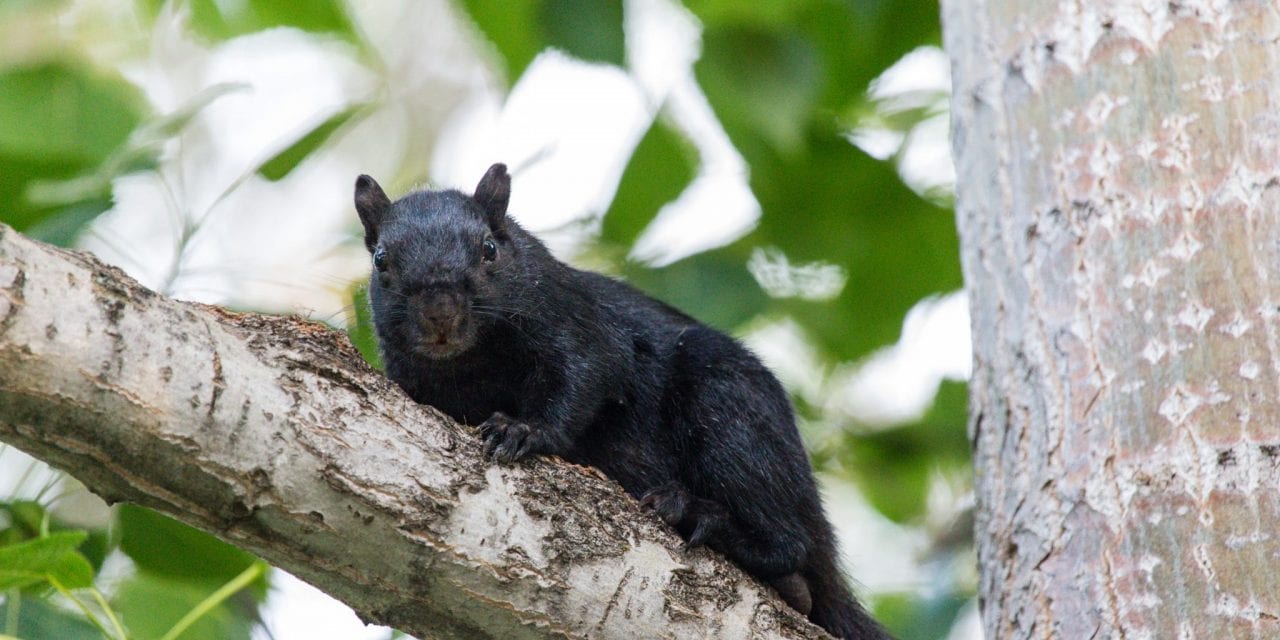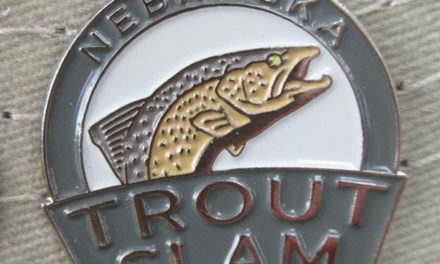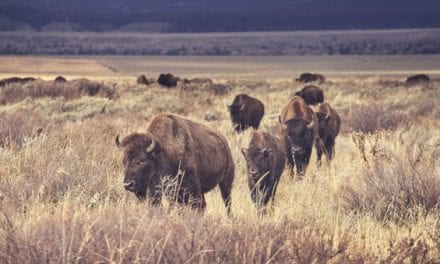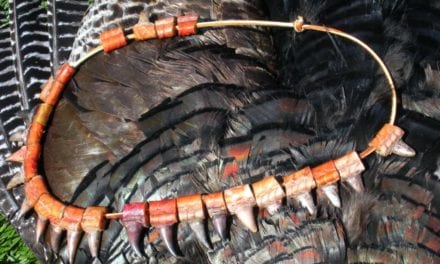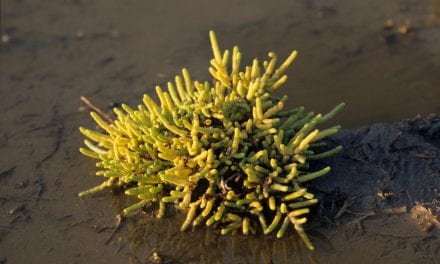Send your wildlife questions to our environmental educators.
Enlarge
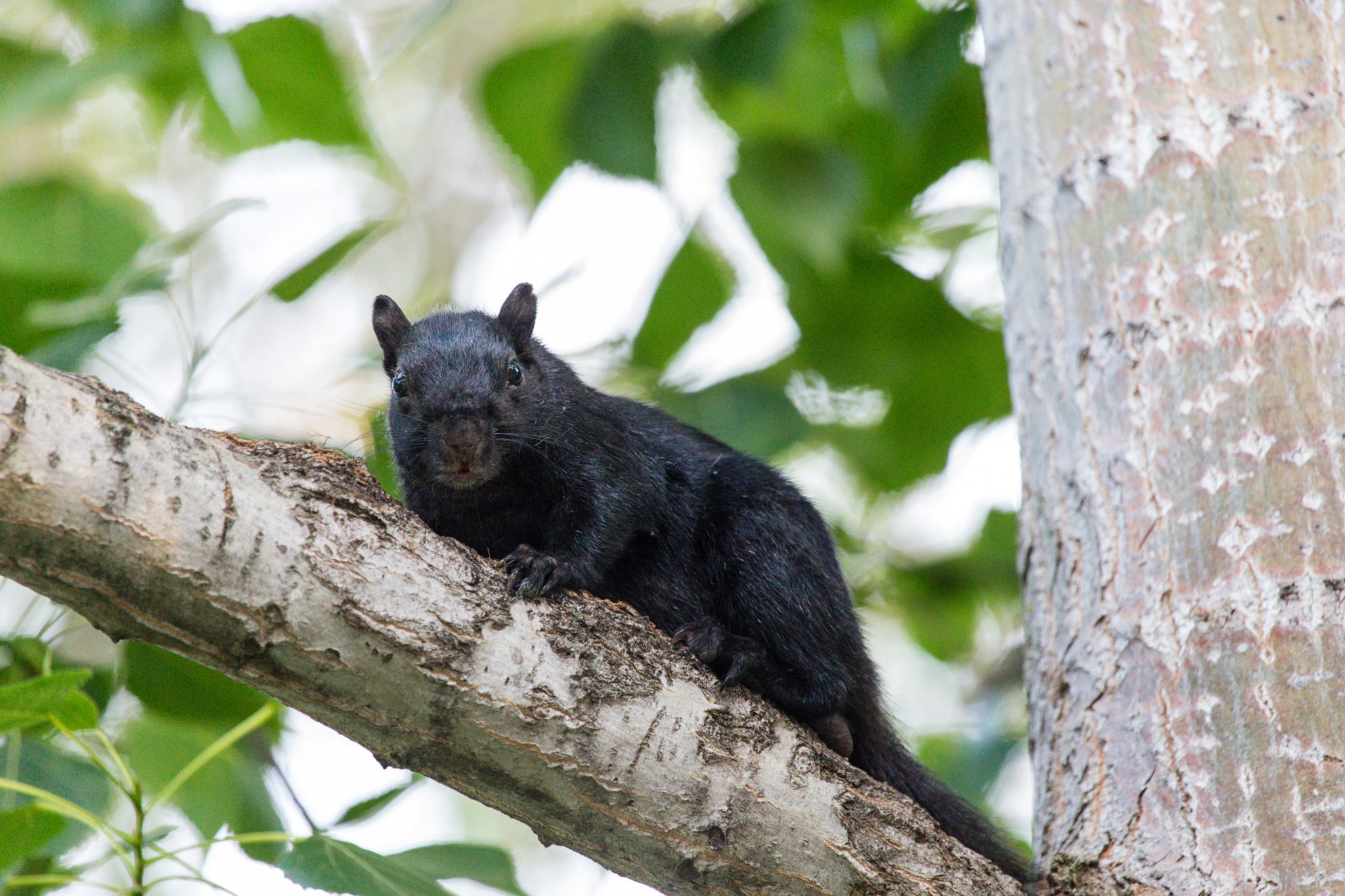
Story by Monica Macoubrie, Environmental Educator. Photo by Jenny Nguyen-Wheatley.
As an environmental educator, I am asked countless questions about wildlife, habitats, and plants. Occasionally I know the answer, but now and then I have to do some research. Nebraska Game and Parks now has an email address (wildwhatsup@nebraska.gov) where people can send their wildlife questions and get a response. Here are some questions we have recently received.
Do fish freeze in the winter?
Fish are cold-blooded, which means that as the temperatures drop, their metabolism dips as well. During the extreme Nebraska winter, when there is a layer of ice and snow on the rivers, streams, lakes and ponds, fish will be less active and tend to stay toward the bottom. This layer of ice and snow actually provides fairly good insulation to retain the heat already in the water. Warm water will then start to sink toward the bottom where groups of fish usually gather for their winter rest. Some species will even burrow themselves into the sediment for periods of time.
I see a lot of black squirrels; what species are they?
A lot of people in Nebraska have seen black-colored squirrels, and have wondered if they are a new, or different species. Actually no, they are just a common eastern fox squirrel (Sciurus niger). These squirrels are usually a rusty-brown color but can vary from silver-gray to even black. The black squirrels that everyone is seeing lately are just a different genetic variation – similar to how people have different hair and eye colors.
Armadillos are popping up more frequently, is Nebraska just now getting them?
Yes, and no. Nebraska has records of male nine-banded armadillos as far north as Ord, but we do not have established records of females or babies. Armadillos don’t regulate their body temperature well, so they are normally only found in warmer climates (Texas, Oklahoma, etc.) However, for the past few years, Nebraska has experienced rather mild winters and extremely warm springs. This is causing armadillos to survive in Nebraska, where they couldn’t previously. If these animals become established, they could then become permanent members of the mammal community in the state.
Do I need to worry about urban-dwelling red foxes?
In Lincoln, the population of urban red fox sightings has increased. These small members of the canine family only reach around 30 pounds at most, and often feed on rabbits, birds and small mammals – such as squirrels and mice. People often wonder if they should worry about their children being attacked – the answer is no. Foxes do not attack humans, and officials have not found any sick or diseased foxes. There have been a few reports of foxes allegedly killing backyard chickens and two unconfirmed reports of them attacking pets. Pet owners need to be vigilant – don’t leave small pets unattended, and don’t think a 4-foot-high fence will keep foxes out of your chicken coop – they can easily jump that. The ultimate goal is to gain a better understanding of these elusive animals within our city limits. ■
The post Wild What’s Up appeared first on NEBRASKALand Magazine.

